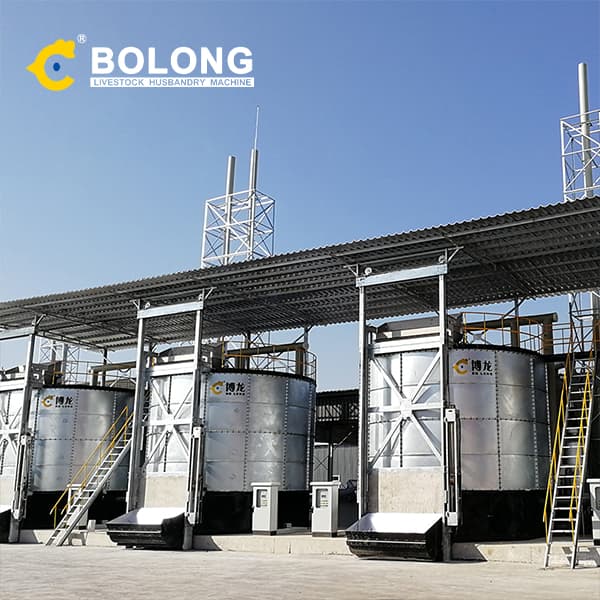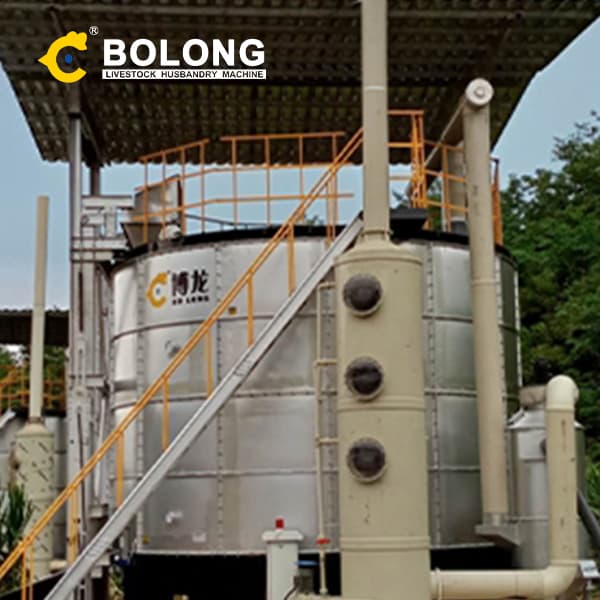
The biochemical tests to perform may include: urease test, indole test, citrate test, and sugar fermentation test using triple sugar iron agar. Note: The type of biochemical test used depends on the suspect organisms present in the sample; and usually on the particulate organism(s) the researcher is looking for.

Mar 8, 2022 · The fermenter design requires enhanced efficiency and authentication of the desired parameters with a high-quality product at a low cost. The fermenter’s strategy and mode of operation are focused on the output of microorganisms, the product’s cost, the condition required for the anticipated product development, and the scale of production.

The equine intestinal tract contains a complex microbial population (microbiota) that plays an important role in health and disease. Despite the undeniable importance of a 'normal' microbiota, understanding of the composition and function of this population is currently limited. As to charac

Oct 2, 2019 · Zinc is one of the micronutrients, required by all types of crops. About 10–100ppm of zinc is present in soil which is generally immobile. The cow dung sustains all life and being practice since

Jan 12, 2023 · The equine hindgut is a complex naturally occurring fermentation system of powerful lignocellulolytic microbes. ‘Fibre’ (complex plant polysaccharides) degradation is an essential process in equine digestion, allowing the liberation of vital energy sources.

Jul 3, 2019 · A total of 52 endurance horses (out of 248) racing over 90, 120 or 160 km were recruited in a volunteer base at an endurance competition in Fontainebleau (France; Supplementary Table S1 and Fig. S1).

Jul 26, 2020 · Tower fermentation. It was defined by Greenshields and co-workers. It is an elongated non-mechanically type of fermenters. There is unidirectional gases flow throughout the bioreactors. Tower fermenters are of following types: Bubble columns; Vertical tower beer fermenters; Multistage fermenters; Bubble up fermenters

A Fermentor is a device used to accomplish the fermentation process by using microorganisms, and for this reason, it is also called “Biofermentor or Bioreactor“.It is equipped with all the elements that are necessary to carry out the commercial production of substances like antibiotics, enzymes, beverages etc. in many industries.

2.Fermentation Process. 3.Fermentation techniques. 4.Application of Fermentation Technology 4.1 Beer production process. 4.2 Production of Xanthan gum 5.Advantages of Fermentation. 6.Disadvantages of fermentation . 1. Introduction. Fermentation word is derived from Latin verb “fervere” which means to boil.

The gastrointestinal tract of the horse has unique characteristics that make it well suited for the ingestion and utilization of roughage. The horse is considered a simple-stomached herbivore and is classed as a hindgut fermenter.

Apr 17, 2023 · In industrial microbiology, the phrase fermentation is generally used to describe a wide range of metabolic processes carried out by microbes regardless of whether fermentative or respiratory metabolism is involved. Fermentation is the process in which microbes catalyze the conversion of a suitable substrate molecule to a desired end-product.

May 23, 2024 · 1. Fermenter Vessel. A fermenter is a large cylinder closed at the top and bottom connected with various pipes and valves. The vessel is designed in such a way that it allows to work under controlled conditions. Glass and stainless steels are two types of fermenter vessels used. The glass vessel is usually used in small-scale industries.

Several fermentation products are important commercially outside of the food industry. For example, chemical solvents such as acetone and butanol are produced during acetone-butanol-ethanol fermentation. Complex organic pharmaceutical compounds used in antibiotics (e.g., penicillin), vaccines, and vitamins are produced through mixed acid

Jun 12, 2023 · Horses are single stomach (monogastric) herbivores that evolved to graze on fiber-rich roughage. Their unique digestive system consists of a foregut and hindgut, each with different functions for breaking down feed and absorbing nutrients. The stomach and small intestines, which make up the foregut, are responsible for digesting proteins, fats, and non-fibrous carbohydrates in the horse's diet

Fermentation of a Variety of Carbohydrates. Bacteria, depending on the species, can ferment different carbohydrates. Although glycolysis (the pathway leading to fermentation) begins with glucose, some bacteria have the enzymes needed for additional chemical reactions to convert other monosaccharides (e.g. fructose and mannose) as well as disaccharides (e.g. lactose and sucrose) so they can